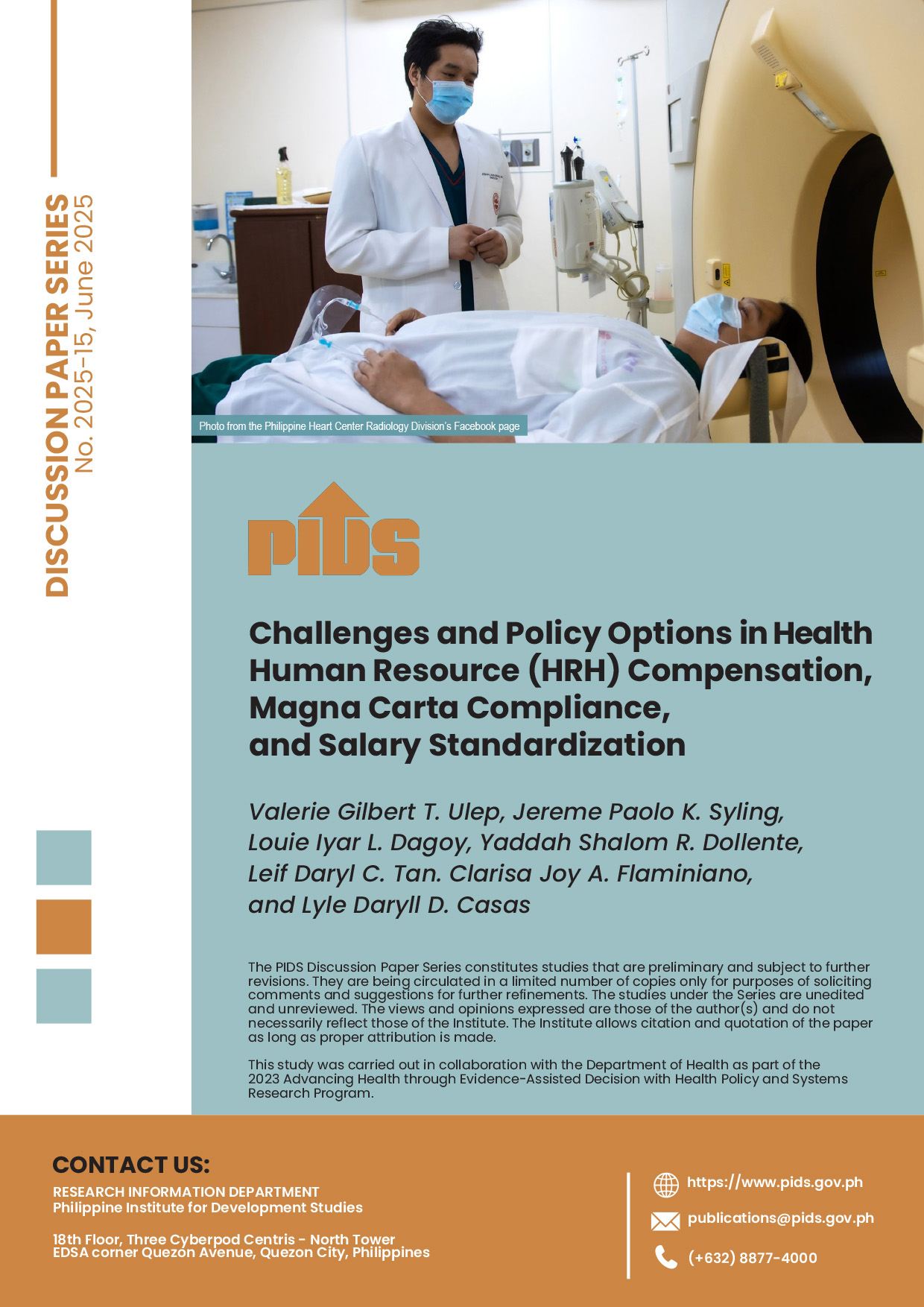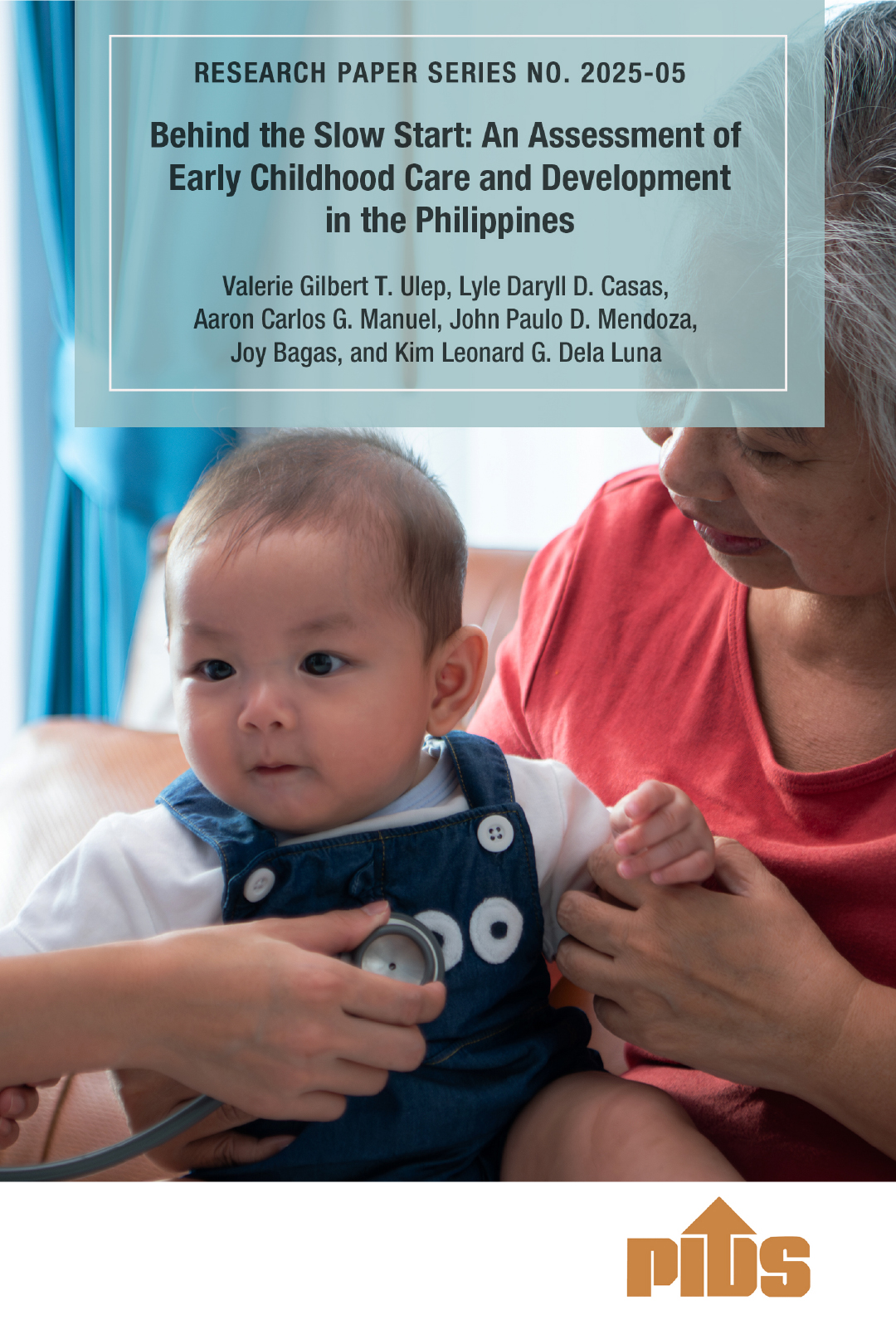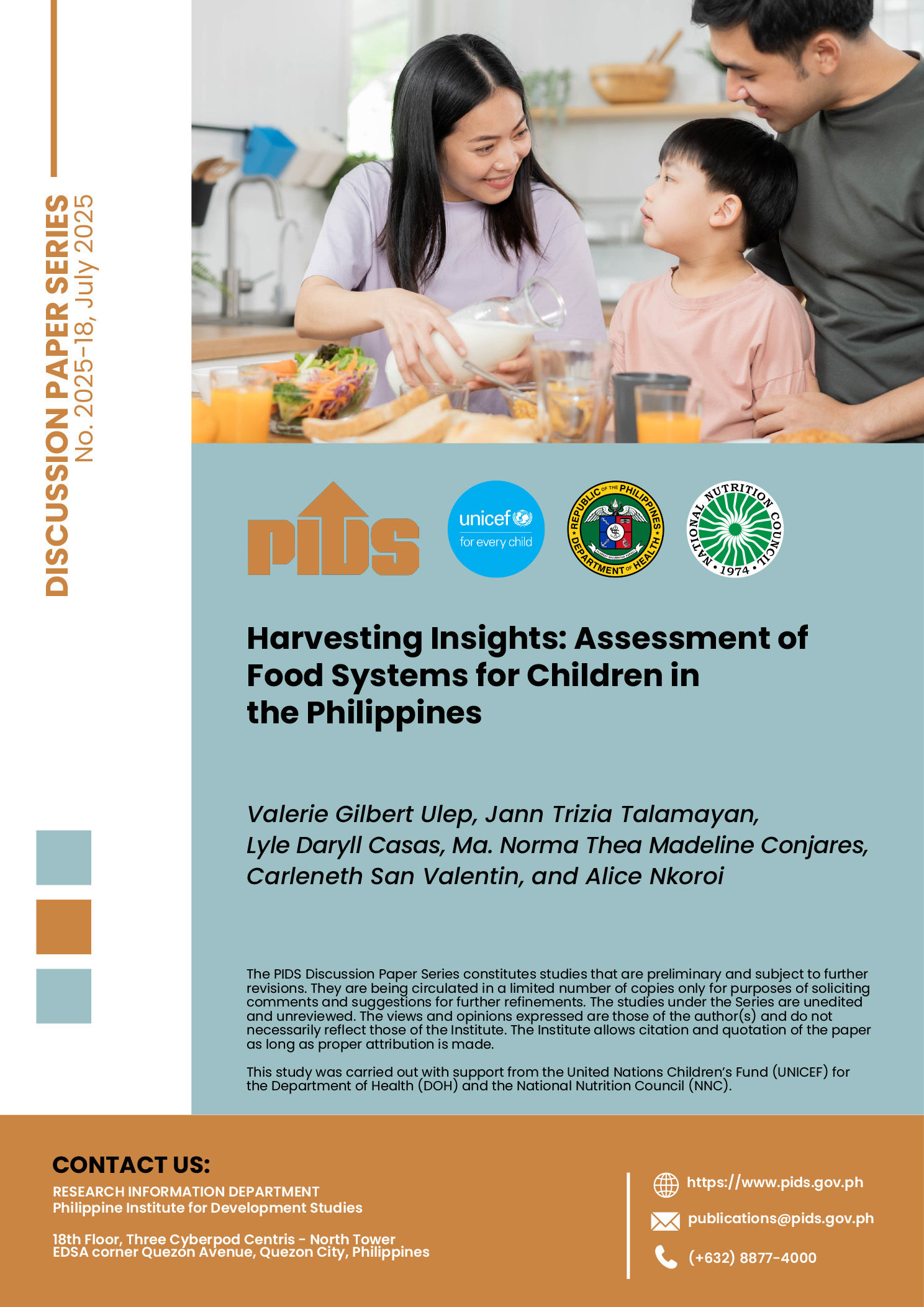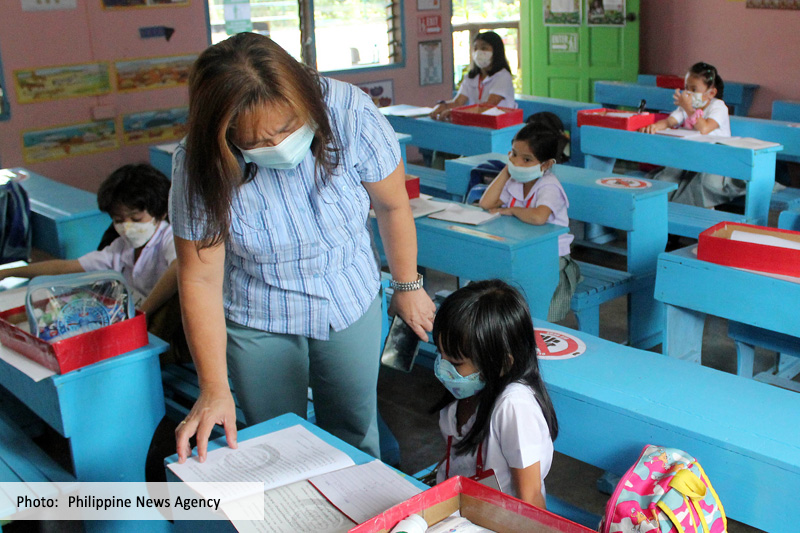For about a year now, I have ended almost every talk and economic briefing I’ve given by sounding the alarm on the silent crisis facing our country in the next 30 years. I refer to the problem that casts a pall on our so-called “demographic sweet spot” over the same period, or the projection that the bulk of our population will be of productive working age in the next few decades. This is the fact that nearly 4 million Filipino children aged 0-5 years, or one in every three, are already impaired for life due to biological stunting traced to hunger and lack of proper nutrition. In a 2013 report by the United Nations Children’s Fund (Unicef), the Philippines actually ranked ninth among 80 countries with the largest number of stunted children.
Stunting is the condition of being substantially shorter than the average height for one’s age. (For those familiar with statistics terminology, the technical threshold is two standard deviations below the median.) A World Food Program study by an expert team from Brain Trust Inc. warns of a resulting “lost generation” of Filipino children because of the lifelong effects of stunting. These include higher child mortality in the short term, learning and behavioral deficiencies in the medium term, and, over the long term, poor health, poor cognition and ultimately, lower productivity and incomes. Like environmental degradation, its full impacts will only hit us farther in the future than most of us care to plan for or worry about today. I see us facing, not a sweet spot, but a time bomb.
The latest Philippine Institute for Development Studies (PIDS) Policy Notes (“Preventing childhood stunting: Why and how?”) by health economist Dr. Alex Herrin sheds more light on the issue. We have made little progress over the last two decades in addressing the problem. Data from the Food and Nutrition Research Institute (FNRI) show that stunting among Filipino children aged 0-59 months stood at 39 percent in 1993, eased to 34 percent in 2003, bottomed at 30 percent in 2013, but is now back up to nearly 34 percent. Children from the poorest one-fifth of Filipino families are the most hit, with one out of every two afflicted by stunting.<
But it’s not just the poor. FNRI data also reveal that one out of seven young children from the richest one-fifth of families is stunted.
Among other things, the PIDS study noted that “the diets of Filipino children aged 6-23 months old show a low (22 percent in 2011) and declining (16 percent in 2013) quality of nutrient consumption. The reason for this is the high percentage of households that suffer from food insecurity. Ironically, this is higher among five-member households from the agricultural sector.” I have long lamented how our flawed rice policy leads to this, whereby trade restrictions and government-controlled imports have made our rice cost up to twice what consumers in our Southeast Asian neighbors pay. Having to spend much more on the food staple in turn crowds out sources of other key food nutrients from the poor family’s budget, including of rice farmers, who studies consistently show to be rice buyers, too. Not surprisingly, our stunting prevalence is much higher, also up to two times, than in our comparable neighbors.
Herrin further points to mothers’ health and nutrition status during pregnancy, and early pregnancy among female adolescents with poor nutrition and micronutrient deficiency, as key to our high incidence of stunted children. Another culprit is the poor quality of maternal care that women are receiving throughout the course of pregnancy. Aside from issues during pregnancy, poor nutrition of the child itself and inadequate interventions such as breastfeeding, micronutrient supplementation, and infection control during the first 1,000 days of the child also lead to stunting. Breastfeeding is particularly important, and while Unicef recommends exclusive breastfeeding in the first six months of a child, only one of two Filipino mothers practices this.
We need a combination of macro and micro level initiatives to defuse our demographic time bomb due to child stunting. And we can’t waste any more time.
Stunting is the condition of being substantially shorter than the average height for one’s age. (For those familiar with statistics terminology, the technical threshold is two standard deviations below the median.) A World Food Program study by an expert team from Brain Trust Inc. warns of a resulting “lost generation” of Filipino children because of the lifelong effects of stunting. These include higher child mortality in the short term, learning and behavioral deficiencies in the medium term, and, over the long term, poor health, poor cognition and ultimately, lower productivity and incomes. Like environmental degradation, its full impacts will only hit us farther in the future than most of us care to plan for or worry about today. I see us facing, not a sweet spot, but a time bomb.
The latest Philippine Institute for Development Studies (PIDS) Policy Notes (“Preventing childhood stunting: Why and how?”) by health economist Dr. Alex Herrin sheds more light on the issue. We have made little progress over the last two decades in addressing the problem. Data from the Food and Nutrition Research Institute (FNRI) show that stunting among Filipino children aged 0-59 months stood at 39 percent in 1993, eased to 34 percent in 2003, bottomed at 30 percent in 2013, but is now back up to nearly 34 percent. Children from the poorest one-fifth of Filipino families are the most hit, with one out of every two afflicted by stunting.<
But it’s not just the poor. FNRI data also reveal that one out of seven young children from the richest one-fifth of families is stunted.
Among other things, the PIDS study noted that “the diets of Filipino children aged 6-23 months old show a low (22 percent in 2011) and declining (16 percent in 2013) quality of nutrient consumption. The reason for this is the high percentage of households that suffer from food insecurity. Ironically, this is higher among five-member households from the agricultural sector.” I have long lamented how our flawed rice policy leads to this, whereby trade restrictions and government-controlled imports have made our rice cost up to twice what consumers in our Southeast Asian neighbors pay. Having to spend much more on the food staple in turn crowds out sources of other key food nutrients from the poor family’s budget, including of rice farmers, who studies consistently show to be rice buyers, too. Not surprisingly, our stunting prevalence is much higher, also up to two times, than in our comparable neighbors.
Herrin further points to mothers’ health and nutrition status during pregnancy, and early pregnancy among female adolescents with poor nutrition and micronutrient deficiency, as key to our high incidence of stunted children. Another culprit is the poor quality of maternal care that women are receiving throughout the course of pregnancy. Aside from issues during pregnancy, poor nutrition of the child itself and inadequate interventions such as breastfeeding, micronutrient supplementation, and infection control during the first 1,000 days of the child also lead to stunting. Breastfeeding is particularly important, and while Unicef recommends exclusive breastfeeding in the first six months of a child, only one of two Filipino mothers practices this.
We need a combination of macro and micro level initiatives to defuse our demographic time bomb due to child stunting. And we can’t waste any more time.












